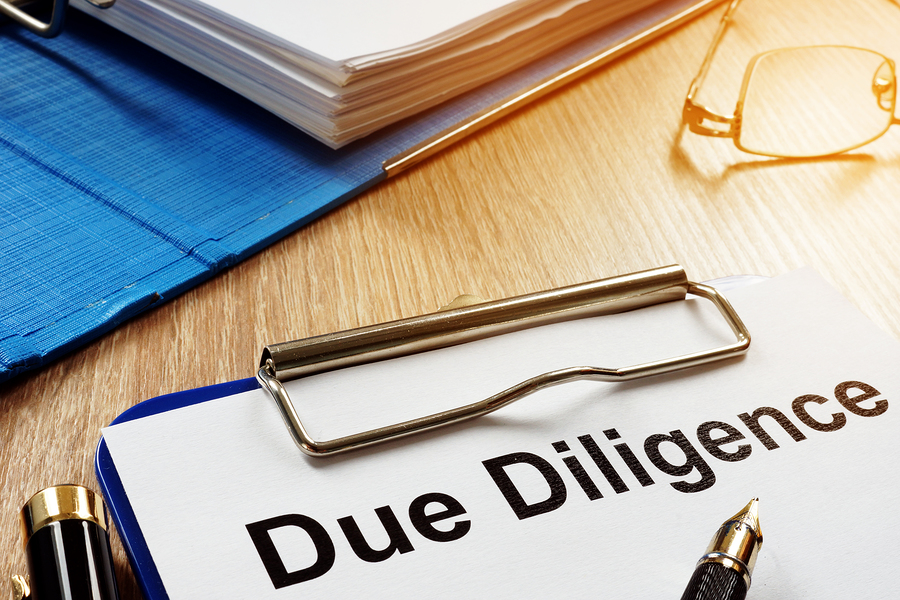If you’re buying industrial or commercial property for your business — or acquiring a business — you need to protect yourself from any potential environmental liability. But what exactly does environmental due diligence entail, and how does each step protect you?
Let’s dive in.
Step 1: Phase I Environmental Site Assessment (ESA)
There’s plenty you can find out about your property — Googling, phone calls, and site visits can all yield valuable insights. But to thoroughly assess your property, it’s best (and often, required) to call in a team of experts to complete a formal investigation.
Your Phase I will set the foundation for the entire environmental due diligence process. The goal is to find any potential contamination or other liabilities that could affect the value of the property, so even if it’s not required with your property acquisition, it’s in your best interest to have one done.
As part of a Phase I ESA, a consultant will:
- Interview current property stakeholders and adjacent businesses
- Research and record the history of the property
- Review public records
- Walk the site (optional)
After you get the results, you’ll know if there are, have ever been, or could potentially be harmful substances — or recognized environmental conditions (RECs) — on-site. Only with these results will you know to either move forward with the transaction or to conduct a Phase II ESA.
Step 2: Environmental Compliance Review
If you’re acquiring a business, consider what environmental compliance risks you could potentially absorb in the transaction. A comprehensive environmental compliance review will help you determine things like if the current owner has all the appropriate permits in place, if there are any outstanding fines or violations attached to the property, and more. Identifying these risks will save you time and money down the road.
Step 3: Phase II Environmental Site Assessment (ESA)
If your Phase I ESA determined there is contamination on your property, your next step is a Phase II ESA. During a Phase II ESA, your consultant will discover the type and extent of the contamination. The process varies by project, but in general, it looks like this:
- Review Phase I reports
- Walk your entire property
- Collect soil and groundwater samples
- Send samples to the lab for analysis
- Compile report and recommendations for moving forward
The results of a Phase II ESA will help you make an informed decision about how to move forward with your property transaction. You can either choose to move forward with purchasing the property as-is, use the results in negotiations, or terminate the process.
Step 4: Soil Remediation
If your ESA results reveal soil contamination beyond permissible levels, you’ll need to remediate the land to restore the health of your property. There are numerous methods of soil remediation, including thermal soil remediation, encapsulation, air sparging, and bioremediation. Each of these techniques works well in different situations, so what your consultant recommends will depend on the results of your soil testing and what kind of contamination you’re dealing with.
Step 5: Groundwater Remediation and Contamination Mitigation
Although it’s not impossible, it’s considerably difficult to extract contamination from groundwater. While full remediation may be necessary in some extreme cases, your next step will likely be working with a groundwater hydrologist to ensure that contamination won’t travel any further. They may suggest things like replacing or removing underground storage tanks, revamping your current wastewater treatment system, or redesigning existing stormwater management systems.
Once your soil and groundwater remediation activities are complete and contamination mitigation techniques are in place, your environmental liability risk will be significantly diminished — and you’ll be one step closer to doing business as usual.
—
Ready to kick off your due diligence process? Get in touch with us today to get started.

